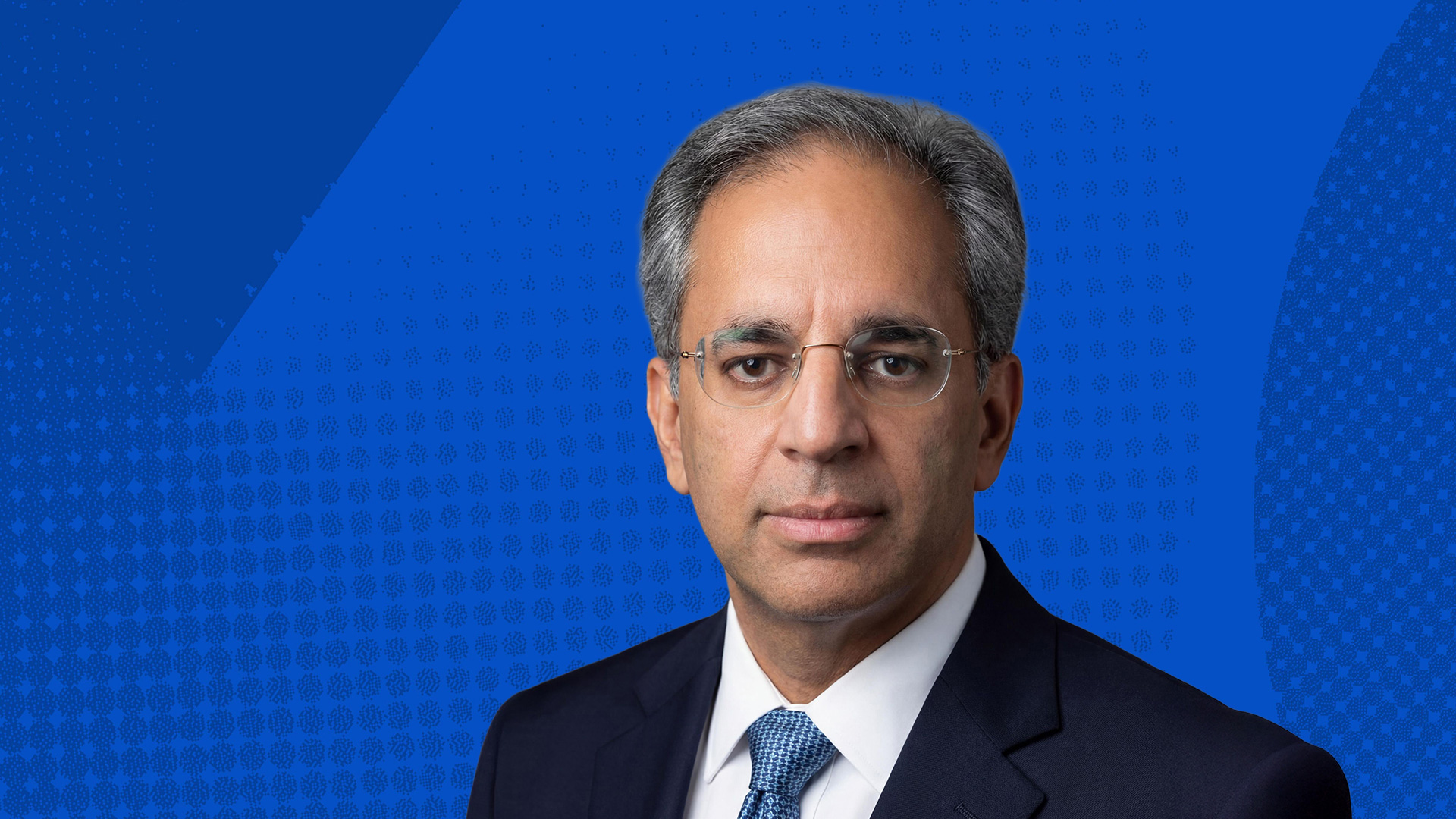
It would be hard to argue with the statement that parents of students have a right to expect their children’s teachers are well prepared and well qualified. Our collective social, economic and political well-being depends largely on the strength of the public school systems educating our children.
Just as our future rests with our children, the future strength of the public school system rests with beginning teachers. Yet, our recent study of beginning teachers and the California policies designed to support and evaluate them found a substantial mismatch between the policies’ intentions and the actual experiences of beginning teachers. SRI, J. Koppich & Associates, and Inverness Research learned that most of the state’s beginning teachers travel a very bumpy path to a teaching career.
State policies assume that teachers complete teacher preparation and earn a preliminary credential, take a probationary teaching job, complete a two-year induction program, are evaluated annually, and earn a clear credential and tenure. Unfortunately, most beginning teachers do not follow this career path. Instead, the majority of California’s beginning teachers take jobs as temporary teachers or in some other non-probationary status. Beginning teachers who serve in temporary status, often for several years, typically must postpone their participation in the state’s induction program, are not evaluated, and their path to tenure is delayed.
The study found teachers classified as temporary up and down the state. While it is hard to determine precise numbers given the state’s incomplete records, data reveal that nearly one-quarter of first- to third-year teachers in California work for some period of time in a temporary teaching position. As a result, fewer than half of beginning teachers have earned tenure by their third year of teaching.
Beyond the temporary teacher issue, we found that beginning teachers’ early careers are punctuated by district fiscal uncertainty, repeated layoffs, and the most challenging assignments—often in multiple subjects and more than one school. And the state policies designed to create a career path for beginning teachers often do not serve them well.
The study found that:
- When the Beginning Teacher Support and Assessment (BTSA) program was linked to a full teaching license, or Clear Credential, teachers had five years instead of two to complete it. Many beginning teachers now delay BTSA, diminishing its value as beginning teacher support.
- In 2008-09 the state changed BTSA funding from targeted to flexible dollars. While teachers still were required to complete BTSA, some districts diverted funds to other purposes, reducing their programs and services to beginning teachers.
- Whether a beginning teacher is evaluated at all depends on employment status. Beginning teachers who are evaluated say their evaluation is neither helpful in diagnosing their needs nor useful in improving their practice.
- Tenure, usually a hot policy topic, is all but irrelevant to most beginning teachers. Since so few earn it in the time specified by state law, beginning teachers see tenure as a goal that is not within reach anytime soon.
Recommendations
The study recommended a set of actions the state and districts should take to ensure beginning teachers are well served:
- Districts should keep accurate counts for the state of the number of temporary teachers hired each school year.
- All teachers, regardless of employment status, should be supported and evaluated.
- The state should allow districts to tailor their induction programs to the needs of their beginning teachers and require these supports be provided in the first two years of teaching.
- The state should decouple induction from clear credentialing.
- The state should support local experiments in educator evaluation as the first step in reinventing they way educators are supported and appraised.
Some of these recommendations will require modest new investments, but most simply require that existing resources be used more wisely to ensure that students are taught by supported and evaluated beginning teachers.
Related
California’s Beginning Teachers: The Bumpy Path to a Profession


